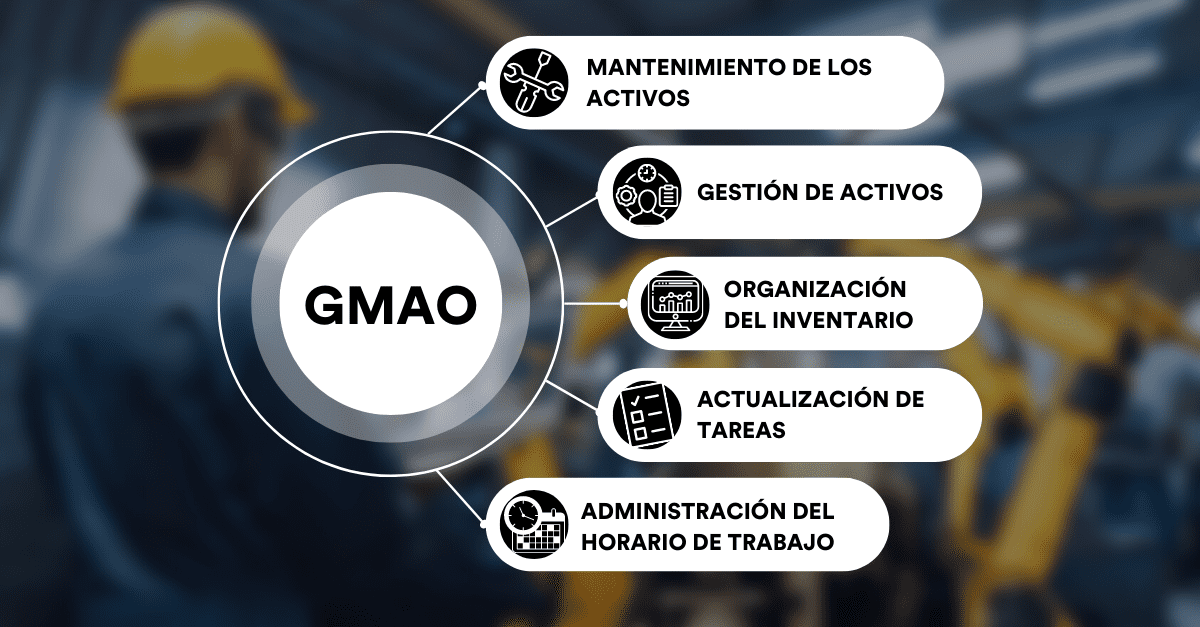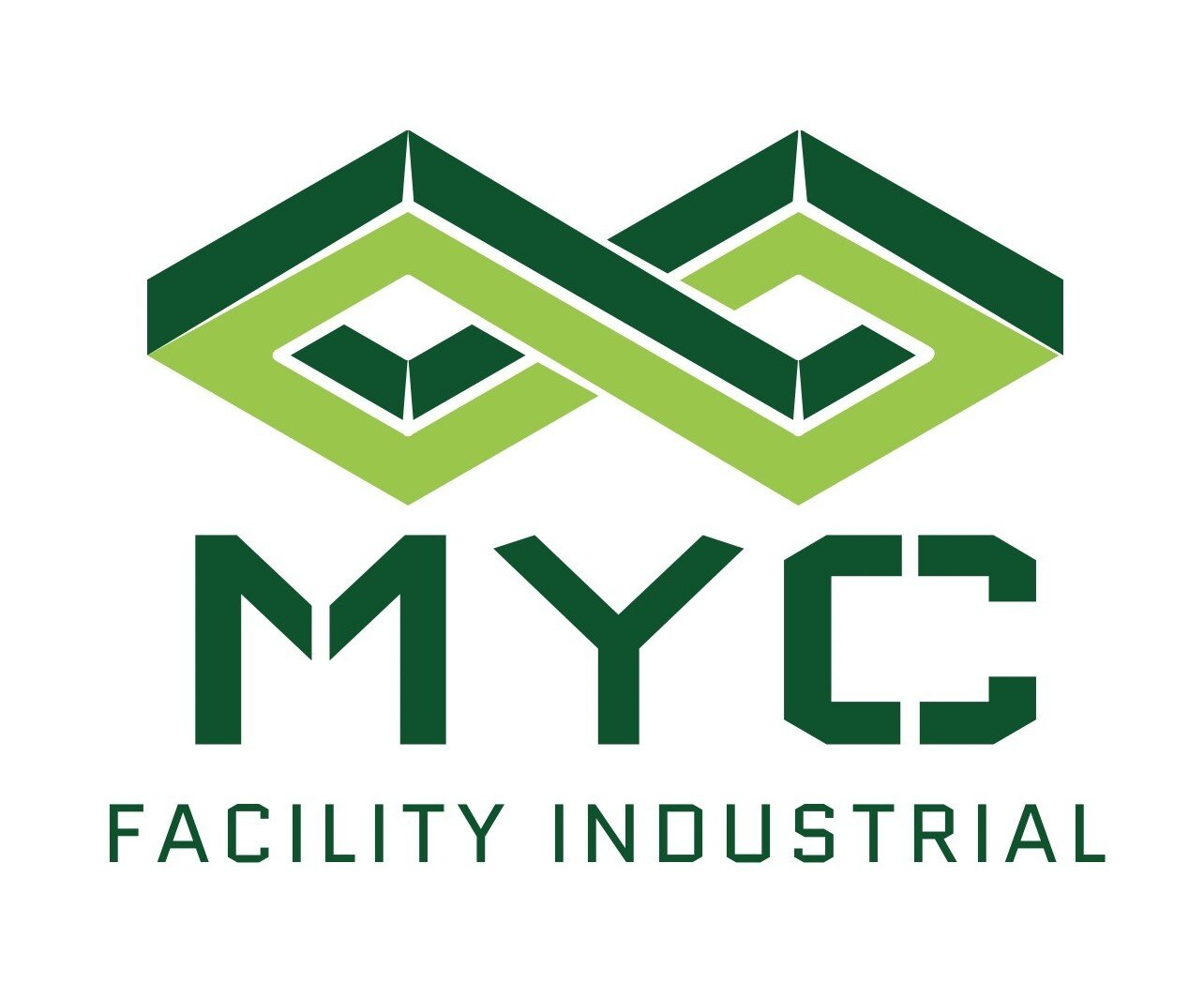Internal preparation for implementing a GMAO: what you can't see, but what makes the difference

Internal Preparation for Implementing a GMAO: What You Can't See, But Makes the Difference
When we talk about implementing a GMAO , we often think directly about the tool: its functionality, its interface, its ability to manage work orders, assets, or spare parts. But what makes the difference between a successful implementation and one that ends in frustration isn't the software itself, but everything that happens before the system is even launched.
At MYC Facilities Industrial, we've been supporting companies in maintenance digitalization processes for years, and if we've learned anything, it's that internal preparation is key. Without this prior work, no matter how powerful the chosen system is, it will be difficult for it to work well or generate real change.
The First Step Toward a GMAO System: Looking Within
Before implementing anything, we must pause and analyze how we are currently working. How do we manage maintenance now? What problems do we detect? Where are we losing our time? How does information flow (or not) between maintenance and production?
This initial diagnosis is essential. It's not about looking for someone to blame, but rather understanding reality. If we aren't aware of our current weaknesses, we'll most likely drag them into the new system and end up repeating the same mistakes, only digitized.
Getting the Basics in Order
We often encounter companies that want to digitize their maintenance, but don't have their assets updated, haven't properly defined preventive plans, or are working with unfinished paper work orders. In these cases, the first step isn't installing a GMAO, but rather getting the basics in order.
This involves things as simple (and at the same time as complex) as:
• Having a reliable inventory of equipment and facilities.
• Classifying interventions, locations, and types of failure.
• Establishing clear workflows.
• Knowing who does what and how it's reported.
This preliminary work greatly facilitates the initial loading of data into the system and avoids bottlenecks in the implementation phase.
Knowing what we want to achieve with the GMAO system
Another key point is defining realistic and measurable objectives. It's not enough to say "we want to improve maintenance." It's important to be specific: do we want to reduce downtime? Digitize all orders? Have complete stock traceability?
These objectives must be aligned with the plant's reality and available resources. It's better to set achievable short-term goals than impossible ones that only generate frustration. Furthermore, these objectives will later serve to measure whether the implementation has been a success or not.
Internal alliances: the GMAO system belongs to everyone
A CMMS implementation is not a project exclusively for the maintenance department. For it to truly work, it's essential that production, management, and the rest of the areas are aligned.
• Production must understand how it will change the way they interact with maintenance.
• Management must support the project, allocate resources, and provide visibility.
• The technical team must feel part of the process and not simply "system users."
At MYC, we always recommend working on this alignment from the beginning, with joint meetings, collaborative work sessions, and clear communication about why this change is being made and what benefits are expected.
Planning for the implementation of a GMAO system: slowly, but surely
An effective implementation doesn't happen overnight. Ideally, it should be planned in phases, outlining milestones, responsible parties, timelines, and resources. For example:
1. Data preparation and process definition.
2. Initial training and pilot testing.
3. Implementation in a specific area or line.
4. Review, adjustments, and rollout to the rest of the plant.
Each phase must have clear objectives and monitoring tools. And, above all, it must adapt to the pace and capacity of the organization, not the other way around.

Training: without it, the system doesn't work
Just as important as the tool is that the people who will use it know how to use it and, above all, why. Training must be practical, tailored to each profile (technicians, managers, production staff), and oriented toward real-life, everyday uses.
In addition, the standard procedures that will accompany the use of the CMMS must be clearly defined. How do you open an order? Who closes it? How do you report a breakdown? These questions must have clear answers that everyone must understand before starting.
A tailored plan
Based on all of the above, the actual implementation plan is defined. It's not about copying another company's model, but rather building one that adapts to the plant's real needs, taking into account:
• Internal resources (time, people, knowledge).
• Necessary external resources (consulting, technical support, training).
• Expectations of each area involved.
• Operational and cultural limitations.
At MYC, we support this process step by step, with a methodology based on the reality of the industrial environment, not on standard solutions that don't fit anyone.
Implementing a GMAO system doesn't start when the software arrives, but long before. It begins when an organization decides to take its maintenance seriously, look inward, and prepare for change.
If you're at that point, at MYC Facilities Industrial we can help you. Not with magic solutions, but with experience, support, and a realistic vision of what digitalizing maintenance entails.
Can we help you get off to a good start?
📩 Contact us and discover how we can help you take your industrial maintenance to the next level.



